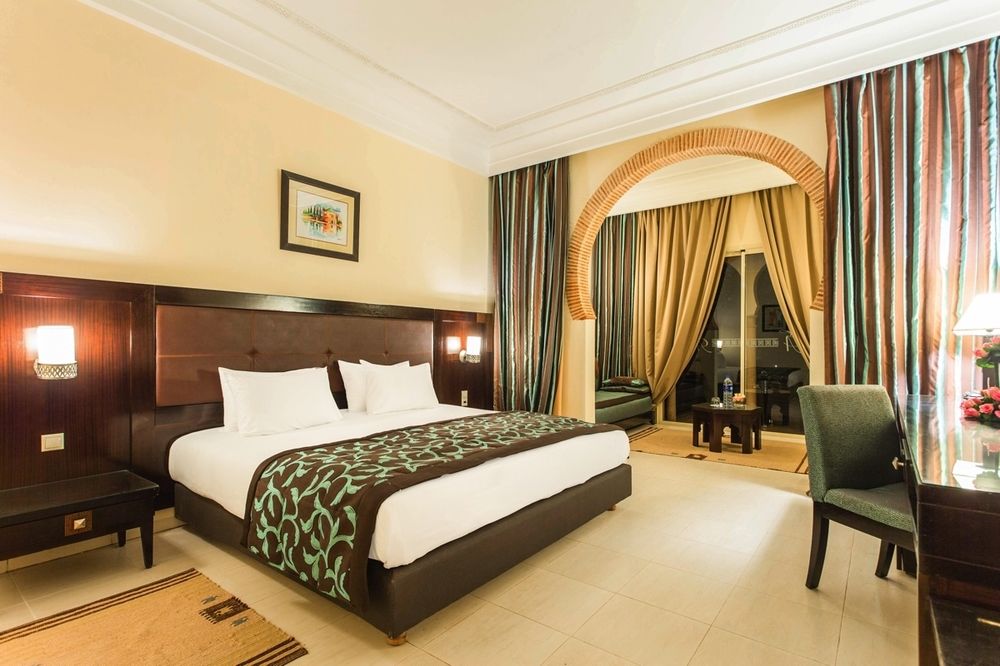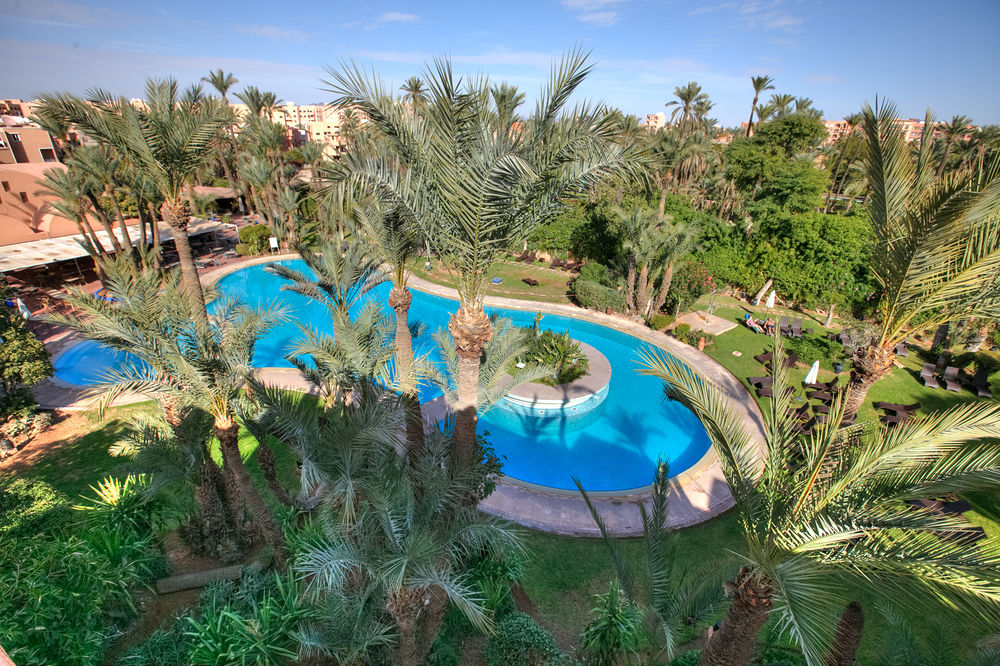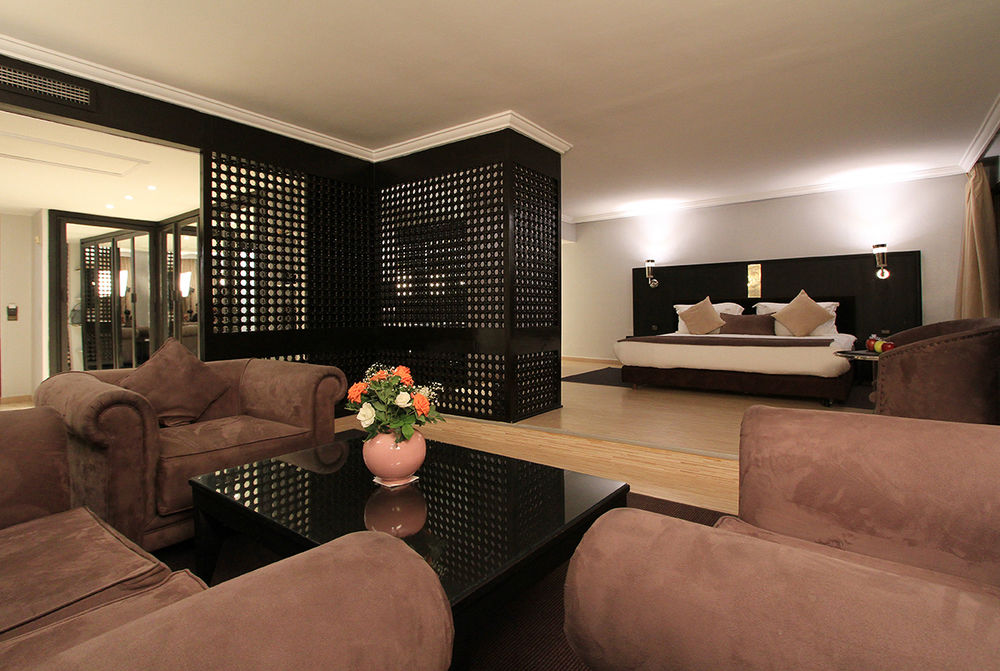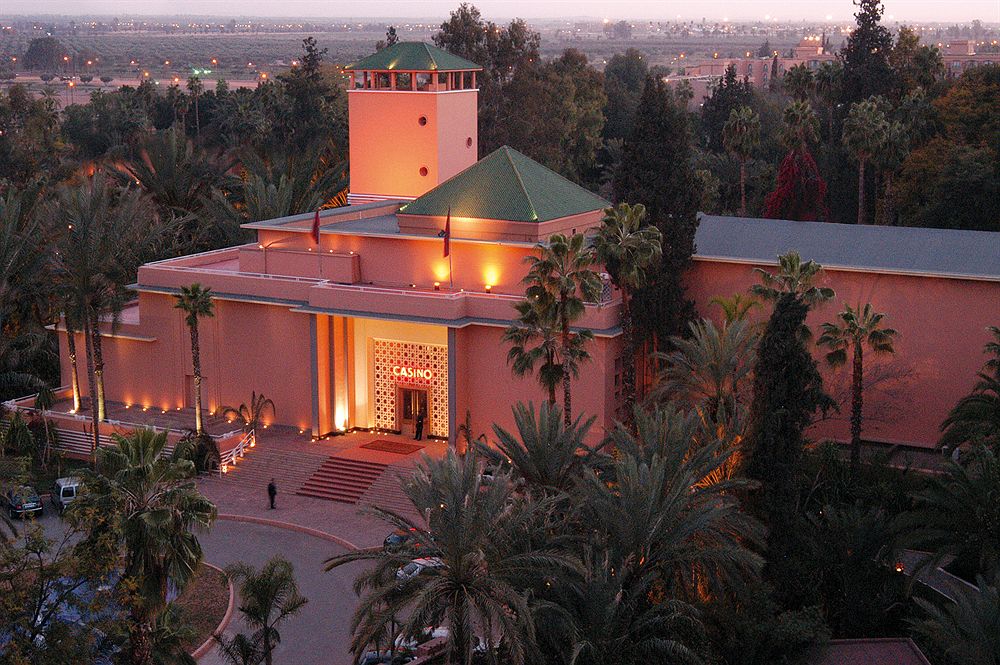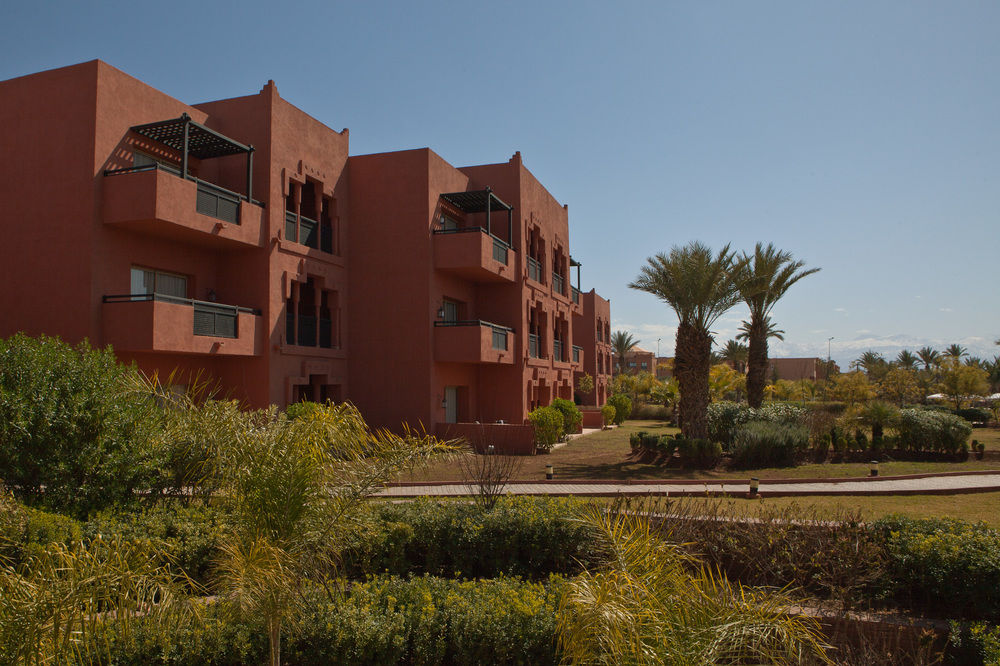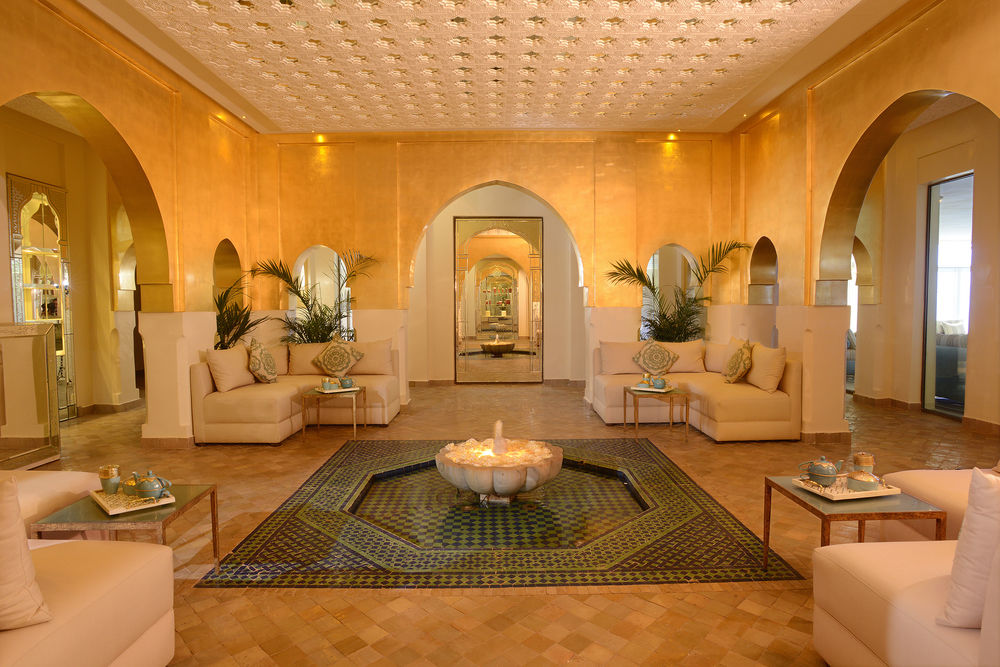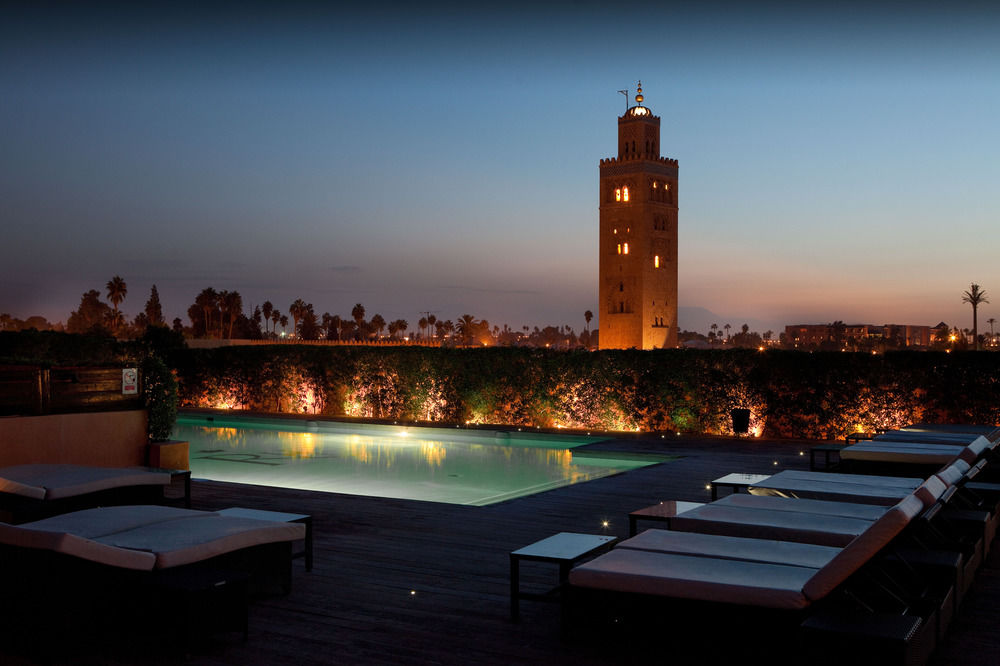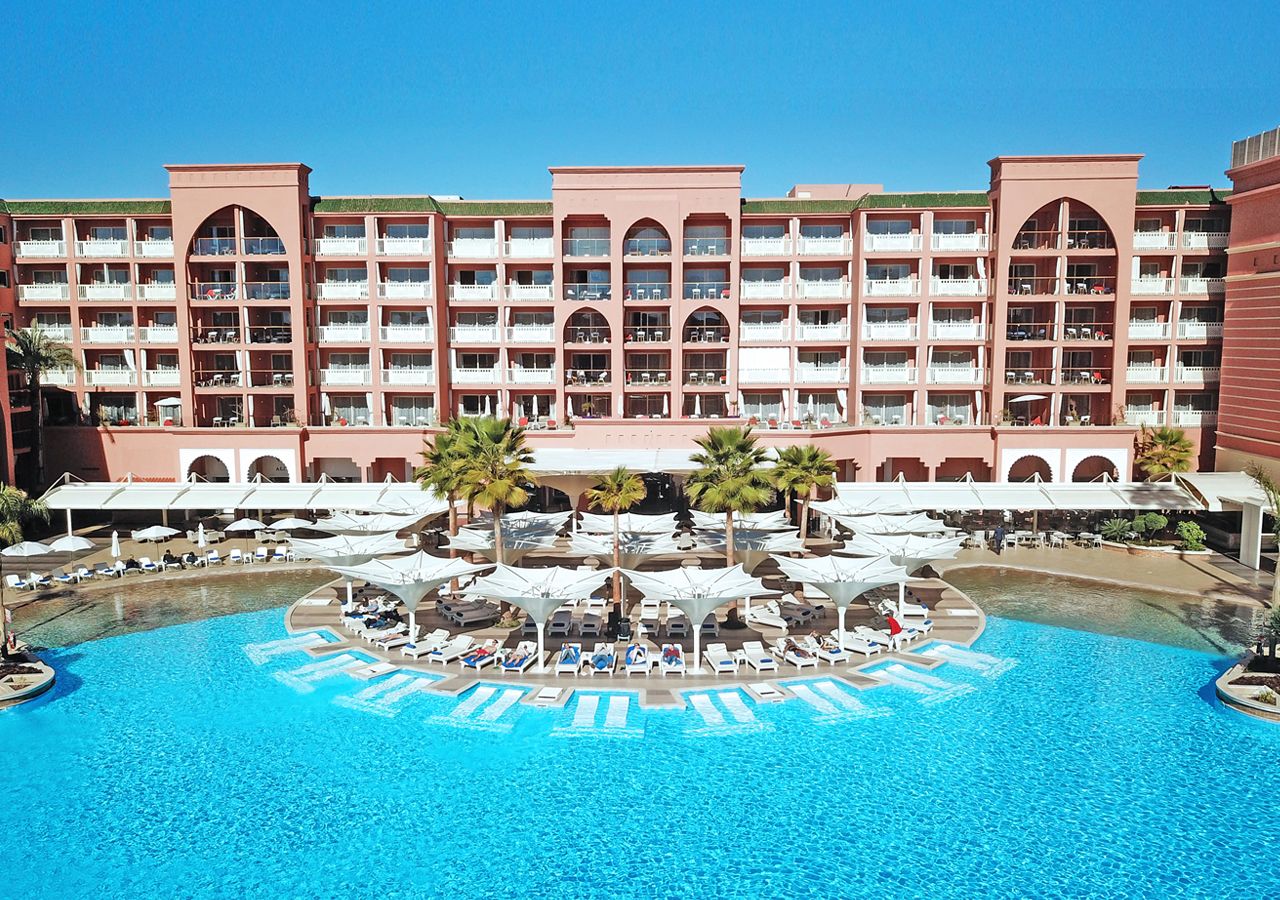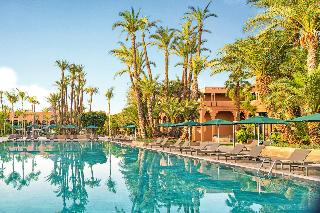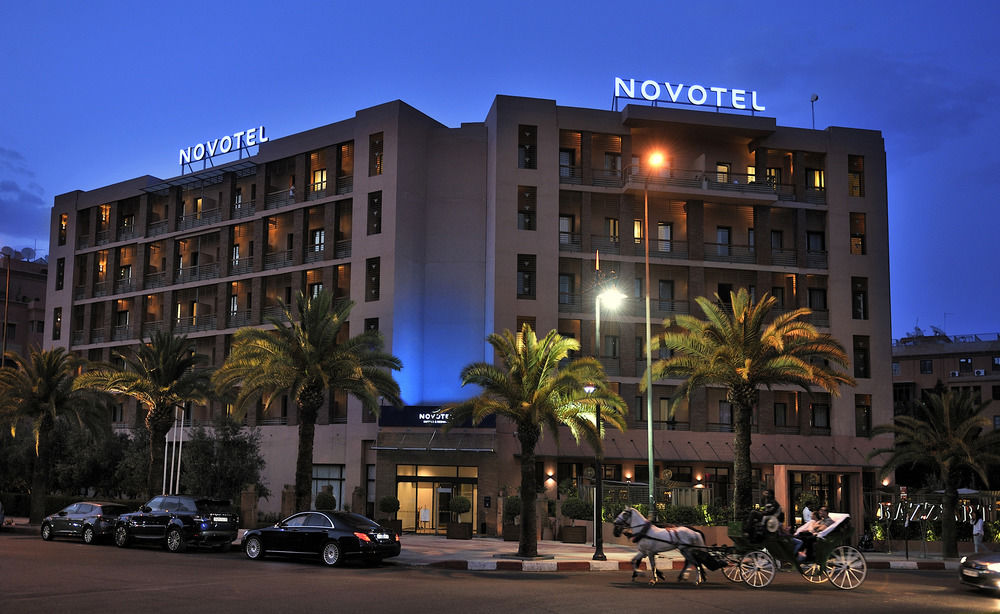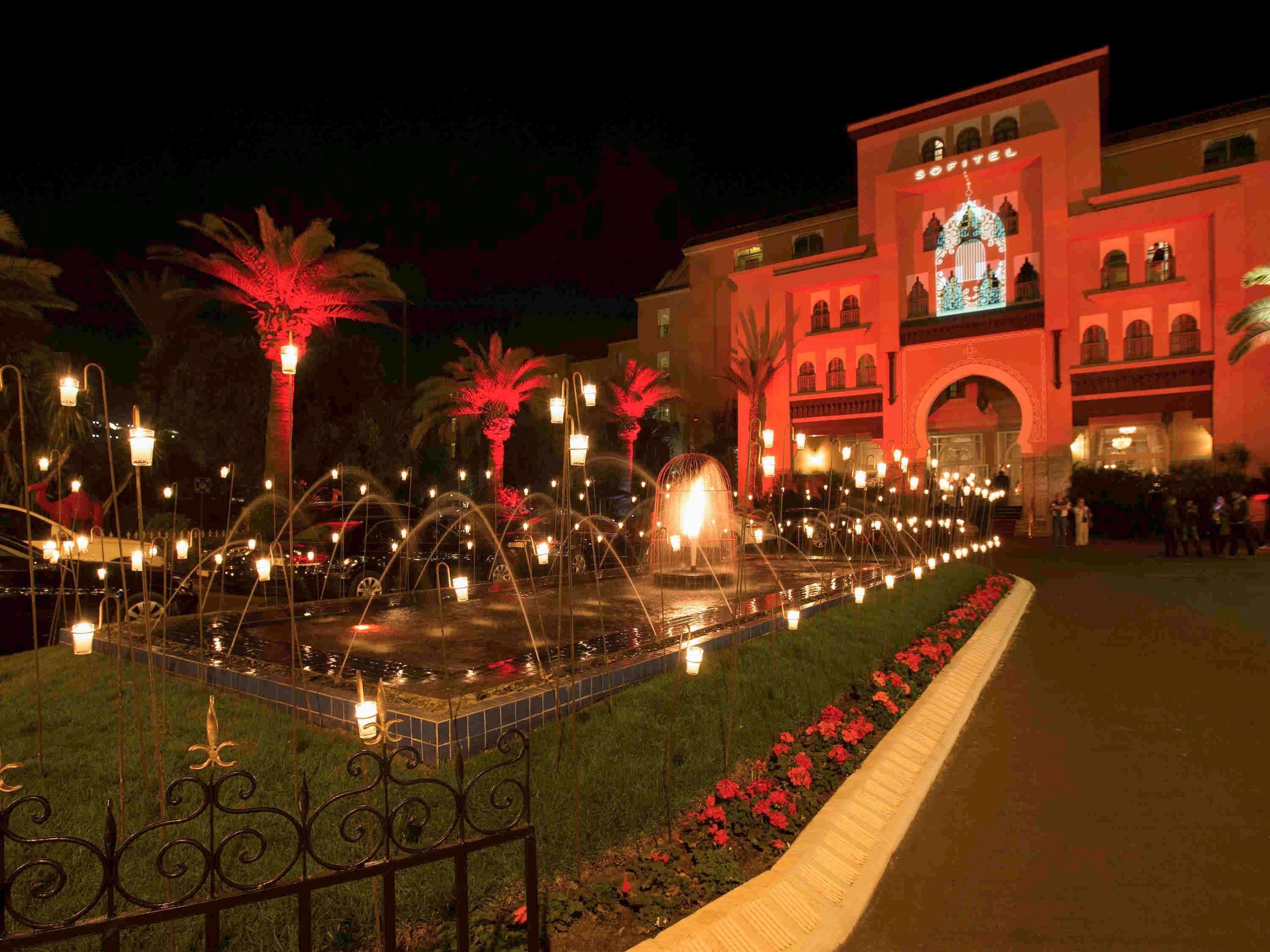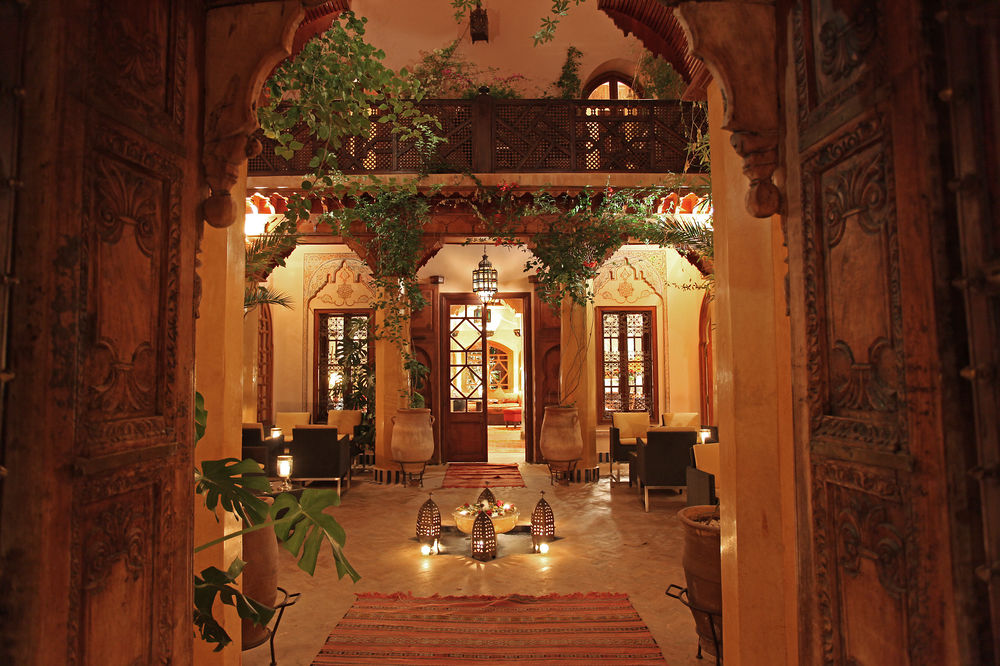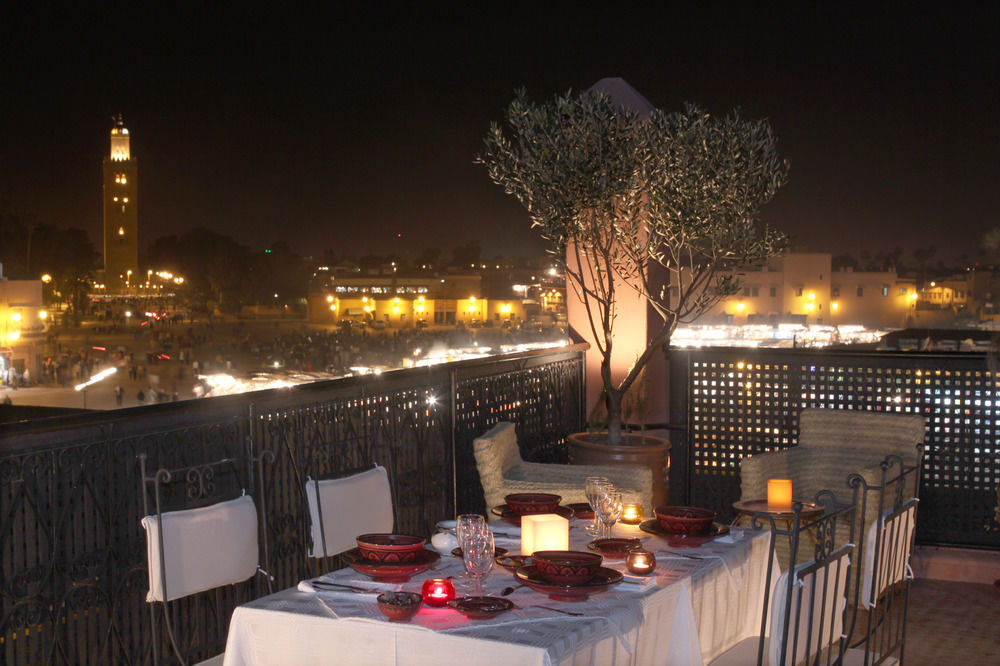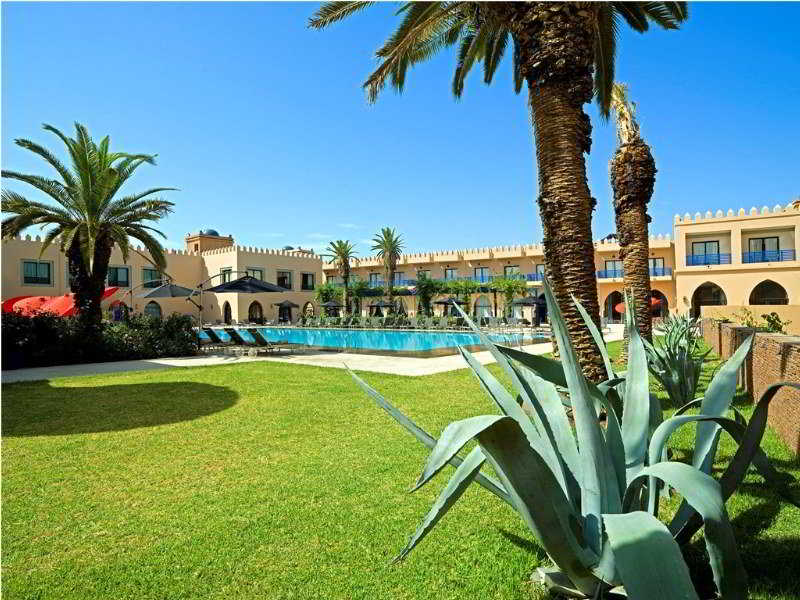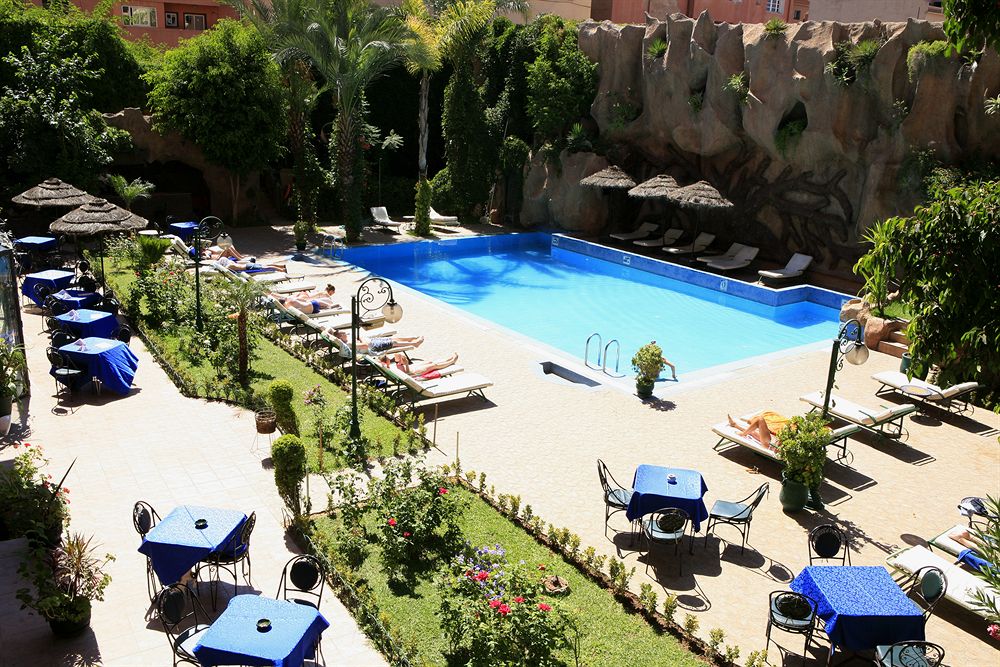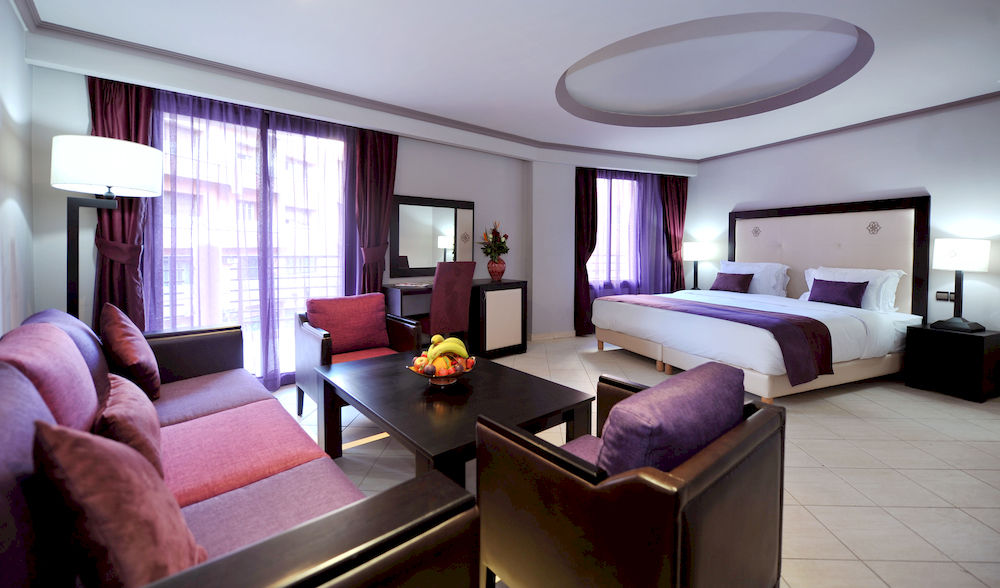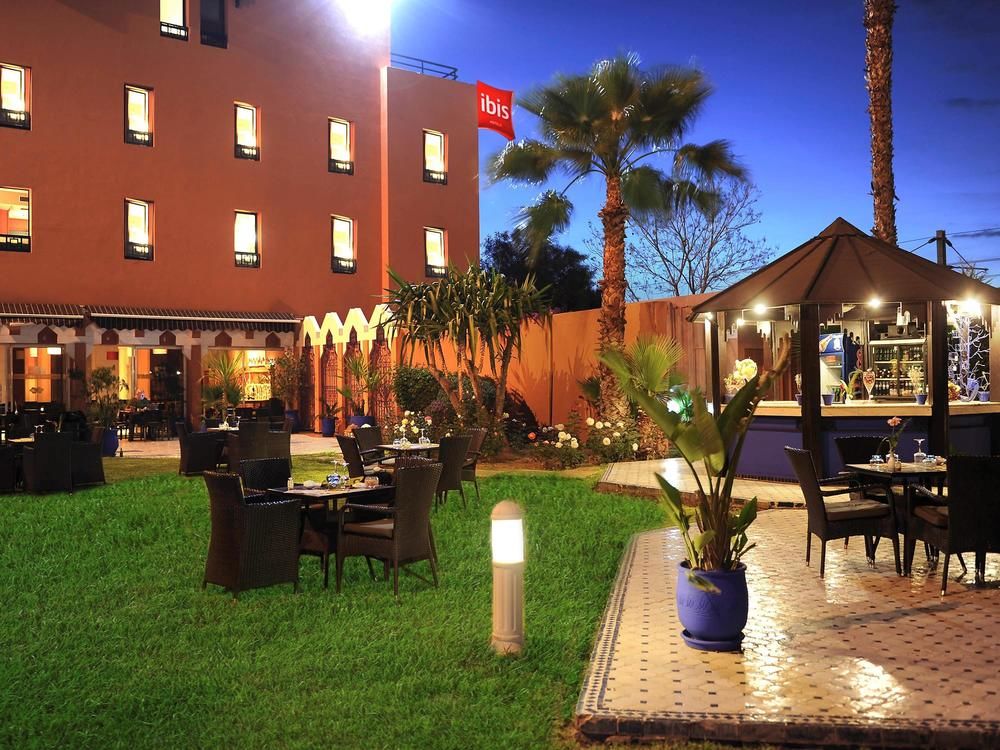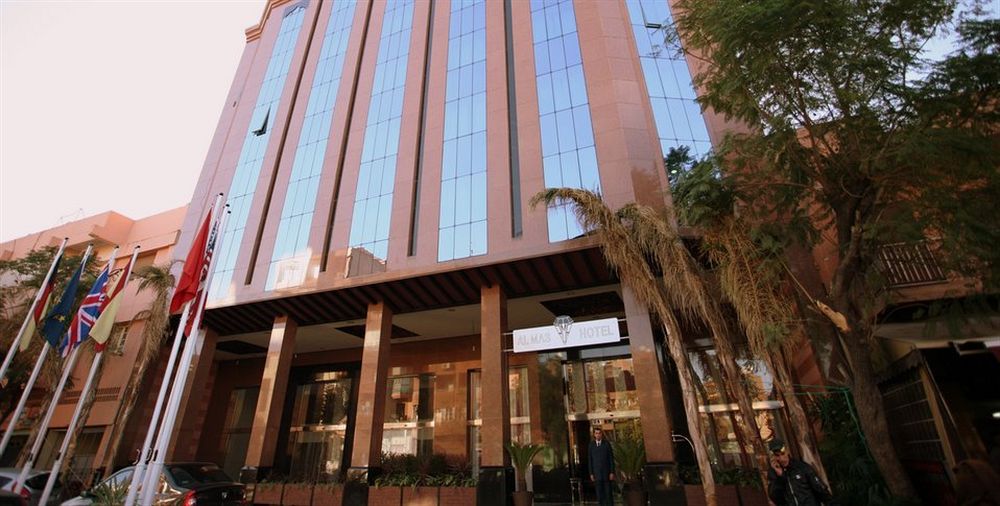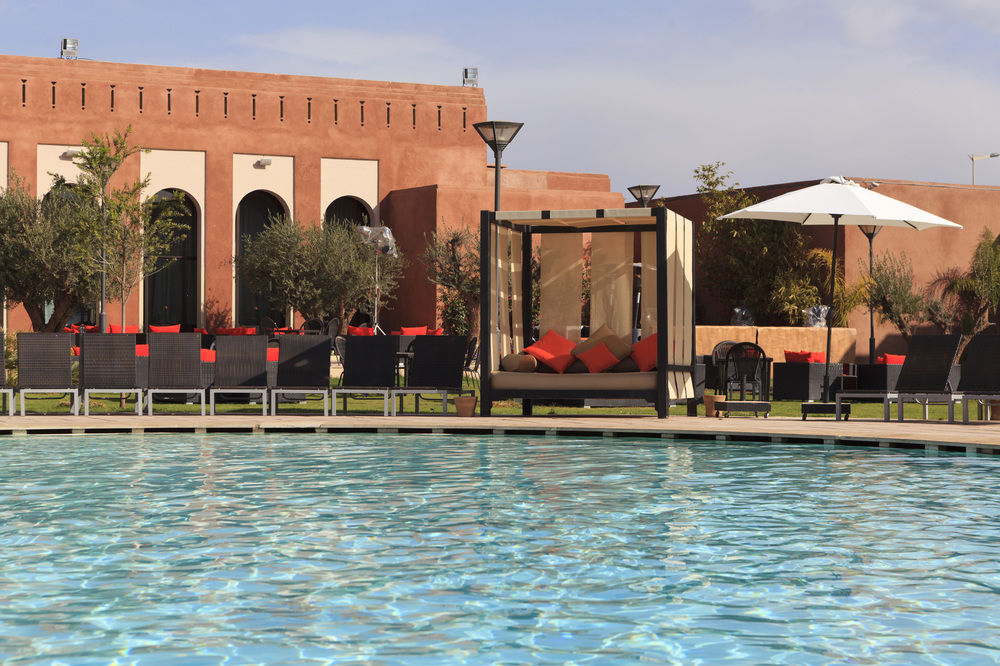
Find hotels in Marrakech
Lowest prices detected by AI for hotels
Best
Cheapest
Star Ratings
AI Recommended
Best Hotels In Marrakech
Cheapest Hotel Deals in Marrakech
Top Rated Hotels
5 Star Hotels in Marrakech
4 Star Hotels in Marrakech
3 Star Hotels in Marrakech
AI-recommended Destinations
Where to stay in Marrakech
More About Marrakech
“A red city”
Marrakesh ( or ; Arabic: مراكش Murrākuš; Berber languages: ⴰⵎⵓⵔⴰⴽⵓⵛ Meṛṛakec), also known by the French spelling Marrakech, is a major city of the Kingdom of Morocco. It is the fourth largest city in the country, after Casablanca, Fez and Tangier. It is the capital city of the mid-southwestern region of Marrakesh-Safi. Located to the north of the foothills of the snow-capped Atlas Mountains, Marrakesh is situated 580 km (360 mi) southwest of Tangier, 327 km (203 mi) southwest of the Moroccan capital of Rabat, 239 km (149 mi) south of Casablanca, and 246 km (153 mi) northeast of Agadir.
Marrakesh is possibly the most important of Morocco's four former imperial cities. The region has been inhabited by Berber farmers since Neolithic times, but the actual city was founded in 1062, by Abu Bakr ibn Umar, chieftain and cousin of Almoravid king Yusuf ibn Tashfin. In the 12th century, the Almoravids built many madrasas (Koranic schools) and mosques in Marrakesh that bear Andalusian influences. The red walls of the city, built by Ali ibn Yusuf in 1122–1123, and various buildings constructed in red sandstone during this period, have given the city the nickname of the "Red City" or "Ochre City". Marrakesh grew rapidly and established itself as a cultural, religious, and trading centre for the Maghreb and sub-Saharan Africa; Jemaa el-Fnaa is the busiest square in Africa.
After a period of decline, the city was surpassed by Fez, but in the early 16th century, Marrakesh again became the capital of the kingdom. The city regained its preeminence under wealthy Saadian sultans Abu Abdallah al-Qaim and Ahmad al-Mansur, who embellished the city with sumptuous palaces such as the El Badi Palace (1578) and restored many ruined monuments. Beginning in the 17th century, the city became popular among Sufi pilgrims for Morocco's seven patron saints, who are entombed here. In 1912 the French Protectorate in Morocco was established and T'hami El Glaoui became Pasha of Marrakesh and held this p
 Time UTC+01
Time UTC+01 Currency MAD
Currency MAD Languages Arabic, Berber , French
Languages Arabic, Berber , FrenchWhat’s Special about Staypia?
Compare hotel prices in real-time
AI finds you the lowest price for hotels in Marrakech.
Lowest price for 3.16M hotels worldwide
Book with up to 31% extra discounts only for Staypia members.
Travel bucket list for Marrakech
Plan your trip with over 17K 'must see' recommendations for Marrakech
Frequently Asked Questions
The best hotels in Marrakech are Kenzi Club Agdal Medina - All Inclusive, Eden Andalou Suites Aquapark & Spa, Hotel Marrakech Le Semiramis.
The best 5 star hotels in Marrakech are Kenzi Club Agdal Medina - All Inclusive, Eden Andalou Suites Aquapark & Spa, Kenzi Rose Garden. Search for the most highly rated hotels in Marrakech
The most highly rated hotels in Marrakech are Kenzi Club Agdal Medina - All Inclusive, Eden Andalou Suites Aquapark & Spa, Sofitel Marrakech Lounge and Spa.
Generally, room reservations are subject to a free refund until the cancellation deadline. Fees may apply after the cancellation deadline, so please check the cancellation deadline on your hotel voucher or in Menu > My Reservation.
If you’re a frequent traveler, Staypia is the best place to get the best hotel deals. You can book hotels with the lowest price of 3.16 million hotels collected by AI, and receive additional discounts for members only.
